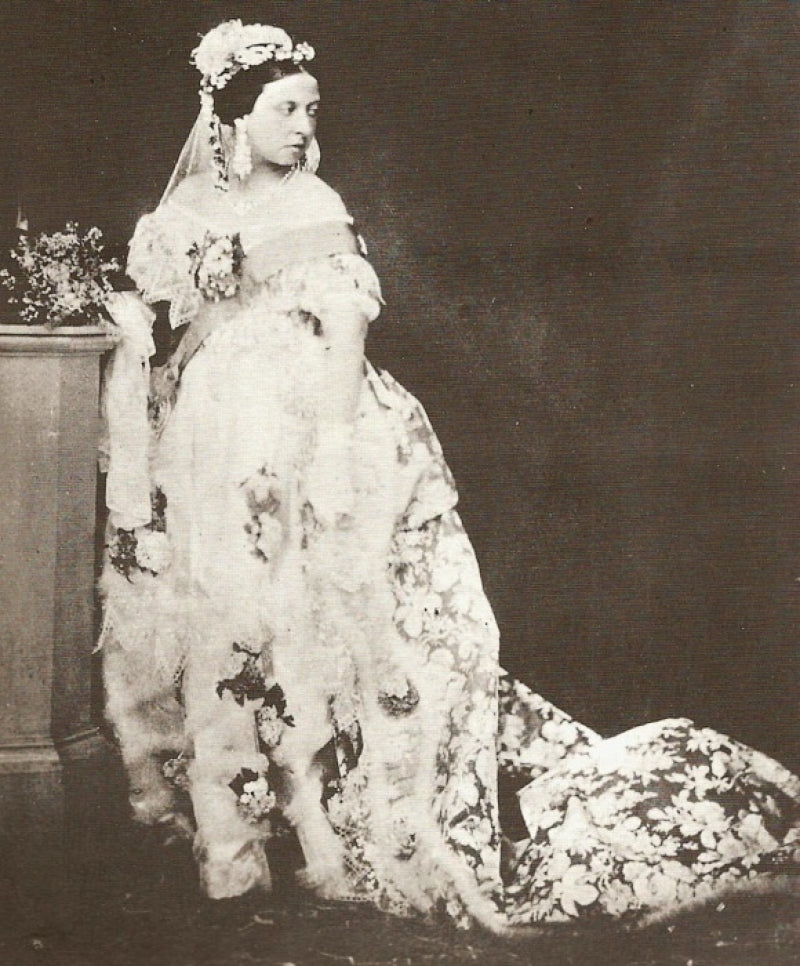The History Of Lace
Fine, intricate, and decadent - those are the words often used to describe lace, a textile which we at VienneMilano adore. As various pieces from our collection feature this fabulous fabric, let us take a step further into this delicate subject and introduce the history of lace.
History
The history of lace is quite a diverse one since different nations claim that they invented the fabric. There is both an Italian claim and a Flemish claim on the origins of the fabric, both dating from the end of the 15th century. Since there is no certainty in the actual origins, historians have disputed both claims and remained silent on the topic.
The fabrication of lace over time
Lace used to be handmade with different types of techniques. Bobbin lace, for example, was created by braiding thread on bobbins to prevent them from cluttering. Other names for Bobbin lace are pillow lace, as it was often made on top of a soft pillow, or bone lace as most bobbins were made from bone when the craft first started.
The origins of Bobbin lace started from the craft passementerie, which is the craft of braiding golden and silver cords to decorate furniture and clothing.
Another type is Chantilly lace which was named after the city of Chantilly but was also widely crafted in other cities throughout France. Chantilly lace is a type of Bobbin lace that has been more refined through the use of a finer mesh. It also has more detail than the regular Bobbin lace. Chantilly lace got its name when the Duchess de Longville introduced it in the 17th century.
The industrial revolution in Great Britain brought a significant change in lace-making, namely: the machine. In 1809, John Heathcoat was able to make a machine that did not unravel the lace when cut. This created a market for newly developed laces, such as Carrickmacross. At the end of the 19th century, almost all laces had their machine-made equivalent.
The craft of lace-making became a hobby for many women, and in the 20th century, the Women’s Institute offered classes in making all types of lace. In modern times, lace can be both handmade and machine-made. Stores like H&M will likely use machine-made laces while specialty brands will use handmade techniques to remain authentic.
Popularization
Around the sixteenth century, lace became popular, and it uses surged. It was used throughout the whole world, but the sales were mostly located in Venice as this was a prominent trading place in Europe. Clergy used it during religious ceremonies, and the use of lace in wedding clothing was popularized when Queen Victoria was married in lace in 1890.
 Portrait of Queen Victoria on her wedding day. Circa 1890.
Portrait of Queen Victoria on her wedding day. Circa 1890.Lace, but especially Chantilly lace got famous because of Louis XV’s last mistress and Marie Antoinette. Around the time of the French Revolution, popularity ceased but was re-popularized with the rise of Napoleon Bonaparte. This time it was not made in Chantilly but in Normandy.
The history of lingerie
The word lingerie is the French translation of undergarments. It used to refer to undergarments and bra’s, but later on, it got used for visually appealing or even erotic clothing as well. Lady Duff-Gordon pioneered the usage of lingerie to be visually appealing and to free women from the corset. Halfway the 20th century, almost all women wore it. During the world wars, women took on “men’s” jobs and needed lighter lingerie to work comfortably. Manufacturers then started creating lingerie using lighter and softer fabrics, lace being one of them. Nowadays, lace on lingerie is often referred to as “French Lace.” This, however, does not necessarily have ties with either its production process or country of heritage.
Hosiery refers to the clothing made explicitly for legwear/footwear. Most hosiery is made using a tight-knitting technique, but modern hosiery also uses tight-fitting fabrics like meshes and lace. Hosiery is often worn as either undergarments or outerwear, mostly depending on the material used.
Italy’s ties to the lingerie business
In the times of the Roman Empire, silk was widely used in clothing, especially in the Mediterranean, of which Rome was the capital. Italy mostly used Chinese silk that was imported by ship. Due to its location, Venice was a critical trading location for trades all over the world. Venice is also where the first known books with lace patterns originated from.
Later on, in the medieval period, Italy was Europe’s most crucial importer and vendor of silk. These sales started in Catanzaro, an important port-city. Eventually, Catanzaro also became the biggest seller of both lace and linen due to the breeding facilities of the large silkworm they kept there. There was no need for import anymore.
Due to the specialization in more exquisite fabrics, Italy had a head start when it came to lingerie. Nowadays, most lingerie in Italy is created by artisans located all over the country.







